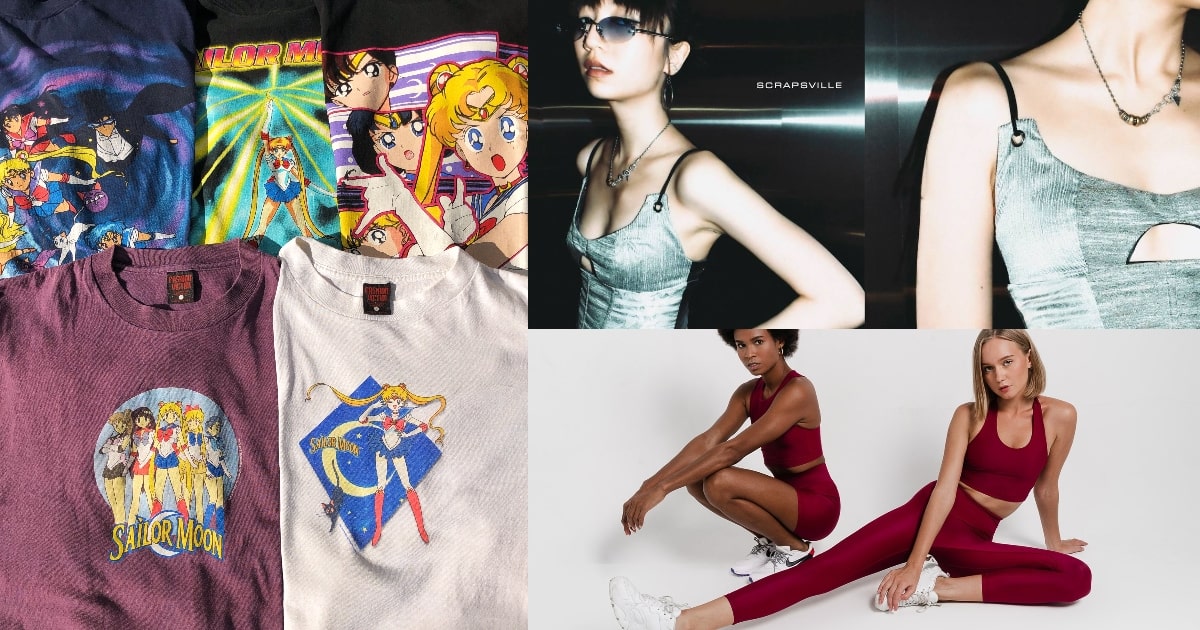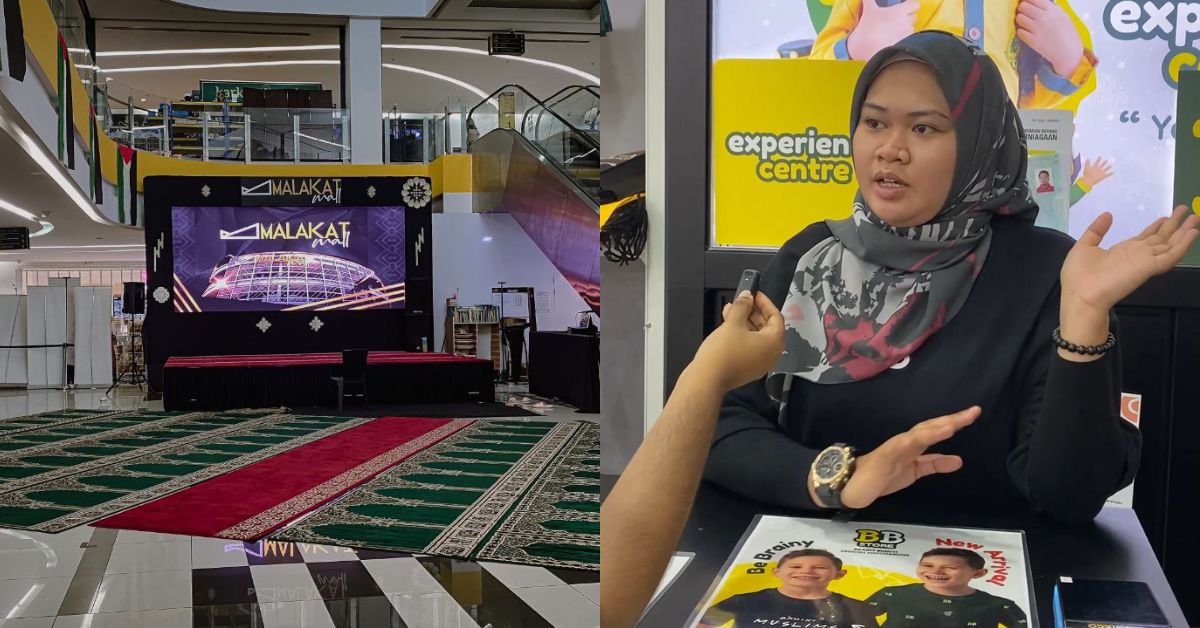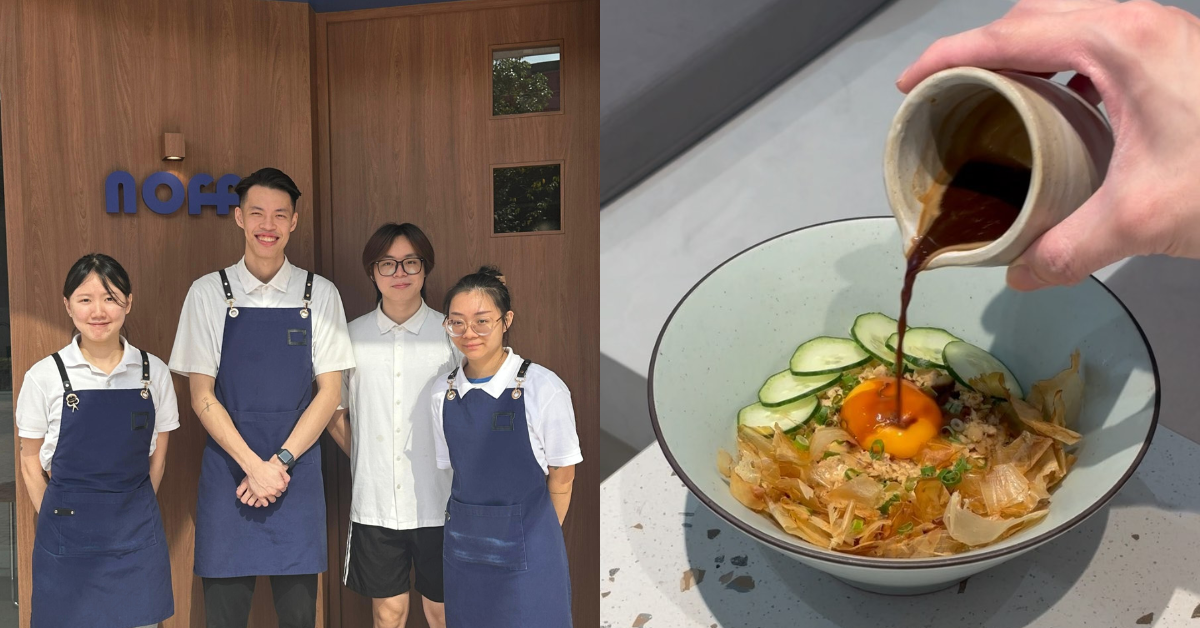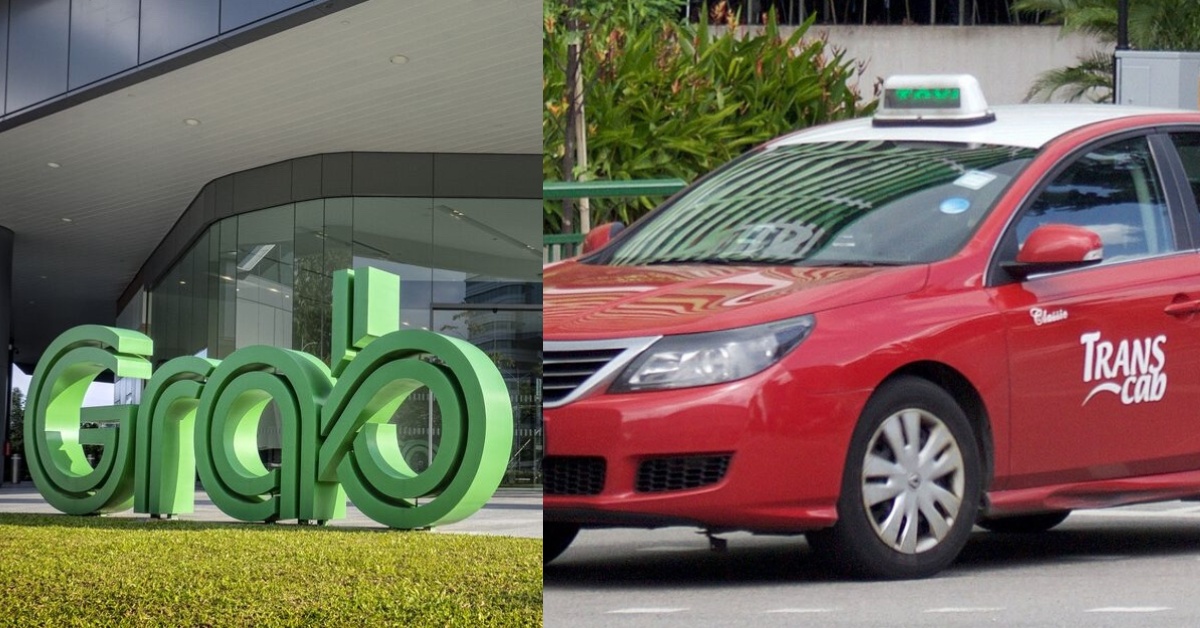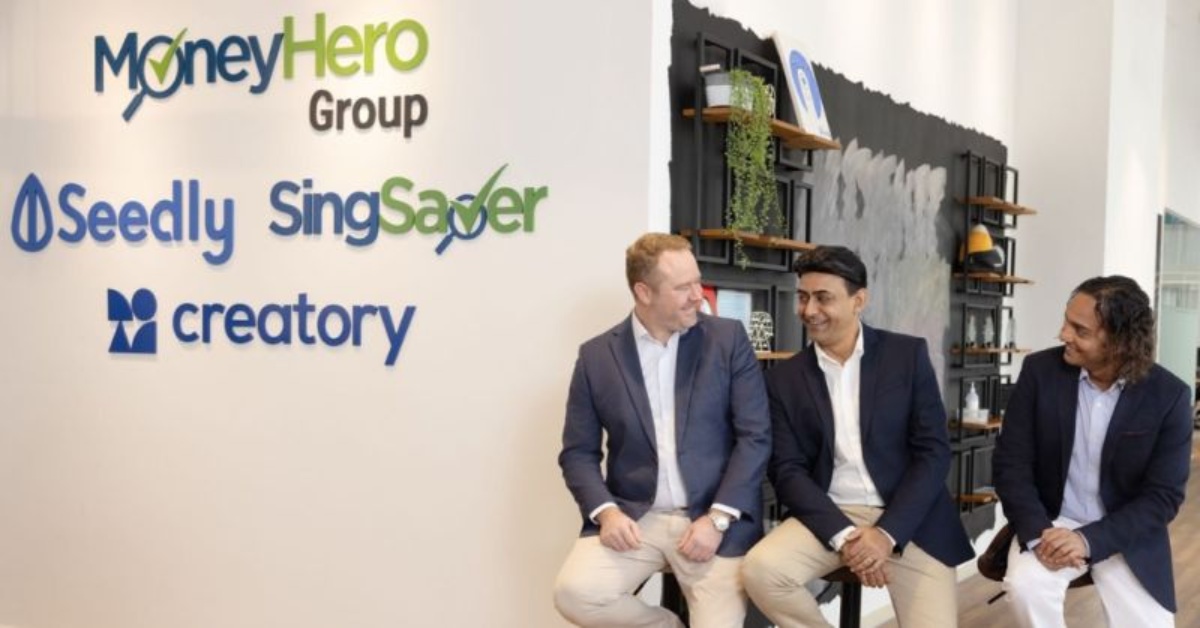In the early 21st century, fashion brands such as H&M, Topshop and Zara emerged. Their main purpose was to provide consumers with trendy, short-cycle, and relatively inexpensive clothing.
As technological developments soared, the existence of fashion brands offering mass produced, relatively affordable clothing started to increase, ultimately paving the way for the creation of the fast fashion industry.
As environmental impacts from the fast fashion industry are brought to light in recent years, sustainable fashion has poised itself as the solution: the new pathway towards a greener, more eco-friendly industry.
With social media’s prevalence, sustainable fashion like vintage shopping, thrifting and repurposing have gained acclaim and traction worldwide.
But, is this shift towards sustainability just a trend to cater to short-term interests from consumers?
Besides consumer habits, what’s wrong with fast fashion?
Since the fast fashion industry is focused on making affordable clothing readily available to encourage excessive consumption, it more often than not uses poor quality materials that are of low cost, resulting in garments’ short shelf lives.
Coupled with its focus on producing garments that embody short-lasting trends, clothing is not made to last long, which makes them more disposable and more prone to ending up in landfills.
Clothing is made to look presentable enough to lure buyers at first glance, while completely ignoring the longevity of its use. This fosters the habit of buy-and-toss, which amounts to heaps of waste with nowhere to go besides landfills, the ocean, or the incinerator.
– Peggy Liu, founder of SCRAPSVILLE
This is clearly evident, with roughly 92 million tons of textile waste ending up in landfills annually.

Other environmental impacts from the fast fashion industry include producing 10 per cent of global carbon dioxide emissions, and releasing 190,000 tons of microplastics into the ocean due to its prolific use of polyester.
On top of that, the fast fashion industry that prides itself upon affordability and accessibility isn’t exactly the most ethical in terms of how it produces its garments. Instances of modern slavery are vastly present along its supply chain where staff are clearly exploited for their manual labour, earning barely enough to go about their livelihoods.
Working in the industry also comes with issues such as unsafe working environments and prolonged exposure to toxic chemicals.
The transparency between fast fashion brands and consumers has always been a recurring issue. “[Y]ou cannot be sure that the people making your clothes are treated fairly,” says Stephanie Colhag Yeo, founder of sustainable fashion brand Outfyt.
With the predominance of fast fashion companies and the lack of transparency, consumers face a dead end in trying to make responsible purchases, for they are subjected to greenwashing marketing strategies on top of being unsure about where and how their garments are made.
Greenwashing is the act of merely claiming that garments are produced ethically and sustainably or that sustainable efforts like planting trees for every purchase is done, even though it may not actually be the case.
As such, if fast fashion companies are unable to be honest about their supply chain production, consumers themselves cannot be the only ones to blame in this fast fashion landscape. Companies too, need to offer sustainable alternatives for consumers to choose from.
Sustainable fashion, an antithesis to fast fashion?
In response to fast fashion, many turn to sustainable fashion for solutions.
Its concepts like slow fashion and circularity typically reflect fair working conditions, sustainable business models, usage of organic and environmentally friendly materials, traceability and transparency. What it suggests, is a possibility of fashion that excludes the significant wastefulness and lack of concern for environmental issues.
According to Hazel Clark’s “SLOW + FASHION—an Oxymoron—or a Promise for the Future …?”, it is “more than a literal opposite to fast fashion”, identifying that sustainable, slow fashion also values local resources and distributed economies, transparent production systems and sustainable products that offer a longer usable life.
This raises a hopeful representation of businesses where effective sustainability initiatives are enacted, presenting a multifaceted approach for sustainable fashion consumption.
Following the emergence of sustainable fashion is the increase in awareness for related marketing and communication strategies, which helped the initiative gain traction globally.
The pandemic in particular, led to stimulated conversations around sustainable fashion, challenging consumers to reflect on their individual consumption practices. This was especially so on social media platforms like Instagram, where it enabled fashion brands to sell, promote, and connect with their consumers during the pandemic through its highly visual and aesthetic nature.
A look at Singapore’s sustainable fashion landscape
Singapore was no exception to this media drive towards sustainable fashion.
The secondhand concept has seen a meteoric rise globally, with the market expected to grow more than 10 times faster than traditional retail by 2025, thanks to the digitalisation of secondhand trade.
“With the rise of trending short reels on social media recommending places to buy affordable second-hand clothing, more people have become aware of upcycled options”, says Peggy.
In addition, even though fast fashion still remains a viable option in fashion consumption practices, Stephanie believes that “the community of environmentally aware consumers in Singapore is steadily growing”.
According to a study by United Overseas Bank in 2021, younger consumers such as the Gen Zs and millennials, are key drivers of sustainability. The survey noted that that there was a large improvement from 7 per cent to 51 per cent of Gen Z respondents in the region, claiming they were spending more on sustainable products in general.
61 per cent of millennials added that paving the way for a greener future is the key motivation for them spending more on sustainable products, an increase from 41 per cent last year.
We’ve seen many thrift/vintage shops pop up, [from] 2019 till now. The demand is definitely growing, and more people are definitely more conscious about the source of their clothing, as compared to before.
– KGBoyz, founders of Karanguniboyz
Peggy also agrees, recounting that several new thrift pop-ups have circulated on social media post-pandemic, signalling a certain demand for sustainable fashion amongst young adults.
She adds that local designers have been seen introducing brands featuring eco-friendly and transformative products, advocating for an environmentally-conscious lifestyle and raising awareness in a more practical approach.
From vintage tees to active wear made from fishing nets
The Karanguniboyz, an Instagram business that buys, sells and trades vintage T-shirts, was founded in 2019 by two Singaporean brothers who refer to themselves as the ‘KGBoyz’.

Their platform started off as a hobby, to express collective interest in vintage T-shirts through photography and creative editorials.
They have since garnered an Instagram following of more than 9,000, establishing a global online community that supports their initiative in prolonging the longevity of vintage T-shirts that were printed in the 80/90/2000s.
“We define sustainable fashion as clothing that has the least negative impact on the environment,” said the brothers, who aim to breathe life into old clothes through circularity, to increase the shelf-life of otherwise disposed tees.

Besides the act of promoting a circular fashion model through the reselling and trading of existing garments, Peggy Liu, founder of SCRAPSVILLE, shares more on how garments can be made and repurposed from scrap materials from the fast fashion industry to close the loop.
Established in August 2021 after she graduated from Temasek Polytechnic with a diploma in Apparel Design and Merchandising, SCRAPSVILLE, a handmade clothing brand, served as a platform for Peggy to continue working on her passion and hone her skills in fashion design and technology.
While waiting to start her Communications BA Programme at the National University of Singapore (NUS), SCRAPSVILLE served as a guilt-free project for her to emphasise on sustainable fashion through the repurposing of existing materials, which she deemed “purposeful enough to dive into”.
“I wanted to play a role in sustainable fashion by doing what I can with what I have to offer.”

To Peggy, sustainable fashion is a difficult concept to definitively define, as it is still far from reaching its full potential.
However, similar to the vision of the KGBoyz, she feels it is about implementing and developing circular economic strategies on a large-scale by designing products and materials with the intention of prolonging their relevance, use, and function.
There should also be efforts to create a regenerative loop through the various stages of production, consumption, restoration and finally biodegradation.
“It is relevant to highlight that efforts poured into going full circle in fashion right now do not make existing industry waste disappear. Thus, repurposed and upcycled fashion both play a big role in sustainability,” she adds.
Hence, SCRAPSVILLE, as the name suggests, is where garments are handmade with scraps. Materials used for its collections like adjustable one-off corsets range from reclaimed upholstery samples to thrifted clothing.

“Having interned in a mass production clothing company, I am aware of how tedious the sampling process is prior to production and how this contributes to the piling stack of discarded materials”.
This was what pushed her to get insights of the textile waste generated from the local industry from her friend’s parents who were upholstery textile suppliers at R and C Treasure trading.
“Unbeknownst to many, thick rolls of high-quality textiles are being tossed and incinerated monthly, due to the release of new designs, especially designs low in demand or are defective”, she highlights.

As such, she made the effort to salvage a manageable portion of smooth to the touch, suitable to make structured clothing, perfectly usable medium-weight satins that were so close to just being thrown away. That was how SCRAPSVILLE emerged as a sustainable Singapore fashion brand, using these satins to create structured, unique corsets.
Meanwhile, Singapore startup Outfyt, is a sustainable activewear brand that is environmentally conscious in its supply chain production. Founded by Stephanie Colhag Yeo, Outfyt was launched in 2017 but only established itself as a sustainable activewear brand in 2019.

To Stephanie, sustainable fashion can range from having “sustainable fabrics in your collections to designing with sustainability in mind”.
With the intention to source materials responsibly, Outfit’s fabrics are all made of nylon waste — from fishing nets recovered from the ocean and aquaculture, or fabric scraps from mills and carpets that were destined for the landfill.
“These are high-end technical fabrics which we source from Italy that are made to last long, endure tough workouts and keep their shape wash after wash”.
Their fabrics have gained two certifications — Standard 100 by OEKO TEX and Global Recycle Standard — which shows their transparency with consumers on where their clothing material comes from.
Stephanie shares that besides using certified sustainable fabrics, their products are also designed to sustain for long periods, meaning they are versatile and staple pieces that can be worn for multiple occasions.
Moreover, their products are produced in small quantities to increase quality and eliminate excess production and waste. They also work directly with ethical manufacturers, who offer fair wages and ensure proper living conditions for their staff.

“We also have a Second Life Program where customers can trade in items that they have outgrown. These items are then sold at a discounted price together with model samples and factory defects”.
They also donate to Healthy Seas with every purchase made, where donations are directed to cleaning the seas, saving marine wildlife, preventing future pollution, and recycling resources.
“Fishing nets collected by Healthy Seas divers and fishermen are also brought into the ECONYL® regeneration system, in which they are transformed into new, high-quality yarn which we are using for all our collections”, Stephanie shares.
“We try our best to look at all aspects of sustainability, even the parts that our customer does not see.”
Is sustainable fashion here to stay?
But is this whole shift towards sustainability just a trend? Are businesses blindly jumping on the bandwagon, or they do they really have sustainability as a core business mission?
Though certain fashion styles that may be a trend arise from sustainable fashion, it doesn’t necessarily mean that sustainable fashion itself is a short-lived trend.
Peggy shares that fashion institutes around the world are modifying curriculums to highlight the development of sustainable fashion.
“This is with the understanding that the next generation of designers will be assessed based on environmentally-conscious projects.”
With the current generations being educated about sustainable fashion, it is possible that sustainable fashion has only just started its lap.
We feel like sustainable fashion is definitely here to stay, and will only continue to grow in the long run. Especially with people on social media exposing the unethical practices of some fast fashion companies. We feel like it will trigger more people to switch to purchasing more sustainable clothing.
– KGBoyz, founders of the Karanguniboyz
Of course, one way to support the sustainable fashion landscape is to make informed purchasing decisions by purchasing from local and sustainable brands instead of fast fashion brands.
However, getting consumers on board requires a shift in their consumption habits and mindsets, which can be tough to achieve. That’s probably why there’s a large gap between ideals and action.
According to a recent study by Globescan, 44 per cent of respondents in Asia desired to lead a more sustainable lifestyles but only 23 per cent had undertaken major changes to achieve this.
Peggy notes that the attention to sustainable fashion does not necessarily convert to viable sales. “I often have followers leave supportive comments, but express that the corsets are overpriced.”
Sustainable fashion’s nature, which embodies that of slow fashion, sees products produced after long periods of time, instead of the usual mass produced, quickly available trendy clothing.
This means that it could cost more than fast fashion products, mainly because time and energy is required to ensure garments are truly ethically and sustainably made. Cost is also required for the fair treatment of staff, and a lot of technique is required to run sustainable fashion brands.
Moreover, because the products are made from high quality materials and are usually one-of-a-kind, sustainable fashion products can be considered costly to some.
The only downside [to sustainable fashion] is that they are often positioned at a higher price point and the reluctance to splurge on alternatives as compared to under $10 basics can impede the progression we are seeking for.
– Peggy Liu, founder of SCRAPSVILLE
What more can be done to push sustainability?
Even though purchasing from sustainable fashion brands may not be a viable option for all, there are other ways in which consumers can practice sustainability.
Consumers can help to spread awareness and encourage proactiveness, and social media prevalence can aid in this movement.
The flow of information via social media influencers is said to fuel users’ fashion addiction. In other words, influencers, or users of social media can contribute by raising awareness and promoting such brands to drive the demand for sustainable fashion.
The KGBoyz add that Singapore can also increase the organisation of physical events for people to browse sustainable fashion products in order to reach those who can afford to support these brands.

Besides publicising sustainable fashion, consumers can also spread the concept of mitigating the habit of acquiring more than needed or advocating against the buy-and-toss behaviour. This could be in the form of repurposing clothes that consumers already own, trading clothing; essentially making full use of what consumers already own.
“[C]onscious consumption at large would mean slower and cleaner manufacturing, giving the earth time to heal”, says Peggy.
But as Stephanie emphasises, “it is important for all of us, both brand owners and consumers, to work towards a more sustainable fashion industry.”
Fashion brands themselves, no matter embodying slow or fast fashion, need to ensure their production line does not or at least minimises pollutants and discarded textile waste. There should also be focus on ensuring their products no longer contribute to the wear-and-tear issue.
Efforts should also be made to incorporate circularity in their businesses, like offering services to repair, alter clothing or trade secondhand items that have been bought from the store.
With the increase in sustainable fashion brands from thrift stores to fashion brand startups, it looks like sustainable fashion will be a mainstay in Singapore’s landscape. However, as Peggy questioned, will there be enough time to see its positive impact on the environment?
Featured Image Credit: Karanguniboyz, SCRAPSVILLE, Outfyt
